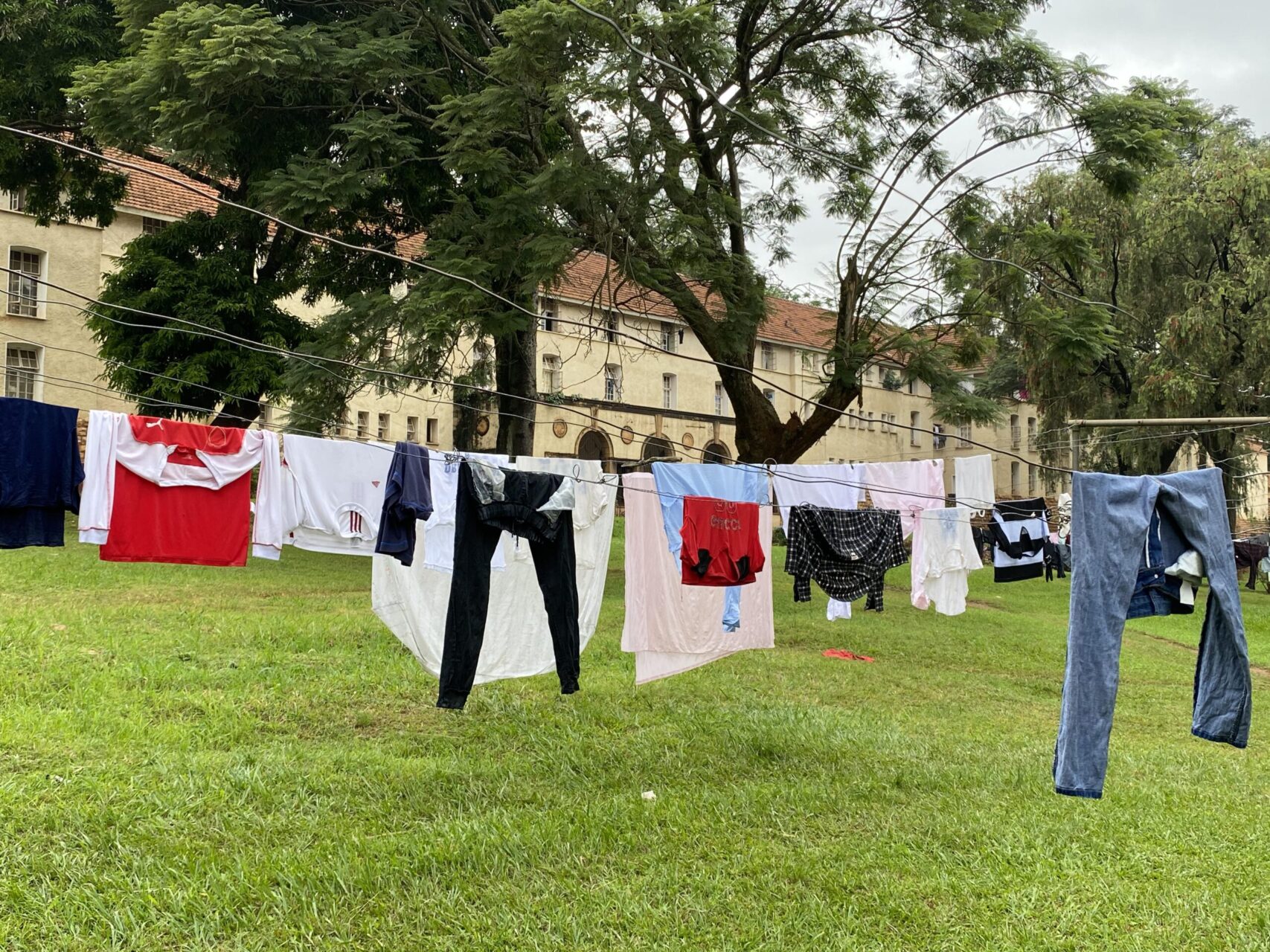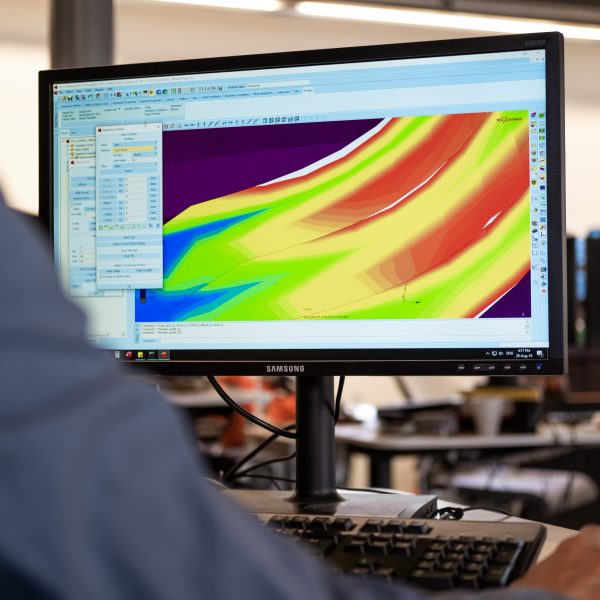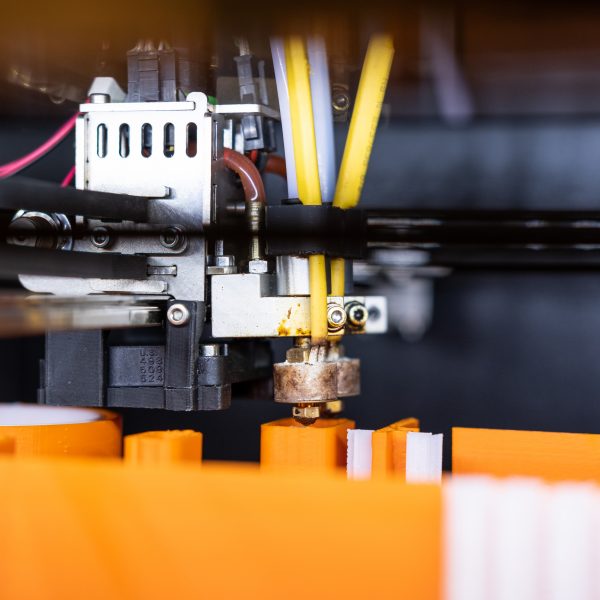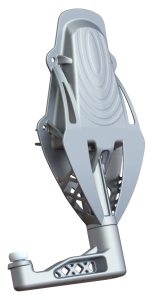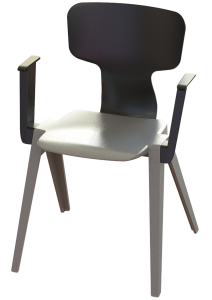
Deposit chair
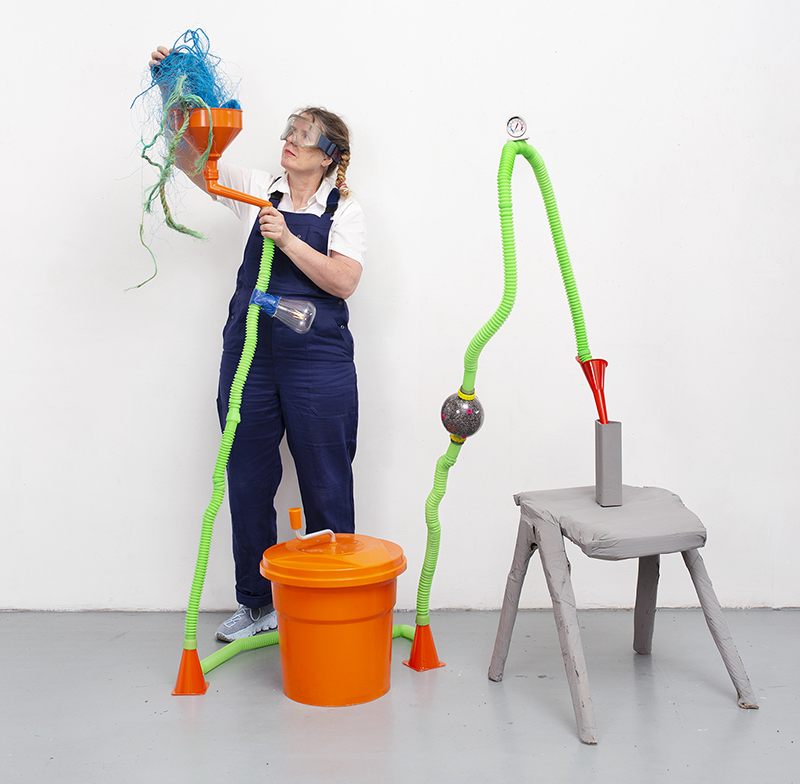
New Dutch furniture brand Circuform has launched REX, a recycled plastic deposit chair designed by Dutch designer Ineke Hans, with the promise that customers can return the product after extended use and receive a partial refund. The brand’s philosophy is rooted in the circular economy, the concept of a production and use model that designs out waste and puts minimal strain on natural resources.
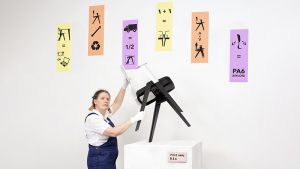
The chair is designed to have as little environmental impact as possible, through innovations at both the start and end of the product lifecycle. It is made using recycled plastic from fishing nets, toothbrushes, office chair components and other industrial waste. The retail price includes a €20 deposit, which Circuform will refund to the customer if they return the chair after use. Old chairs can then either be repaired and reused or recycled to create new chairs. The company has set up a series of deposit stations around the Netherlands, to make the process of returning old chairs straightforward for customers.
The design of Ineke Hans was developed more a decade ago, it was launched in 2010 as the Ahrend 380. BPO had engineered that version as well, making sure the strength and stiffness demands were met, while having an aesthetically pleasing form. While the original version was also made of recycled materials, Hans felt the design was never fully resolved, due to technical limitations at the time.
BPO consulted Circuform on the environmental impact of materials, production, assembly and disassembly techniques and the optimisation of transport and resources. Having researched sourcing of materials and suppliers, in the end the choice was made to make REX of a specific type of recycled plastic, PA6, using injection moulding. This thermoplastic, commonly known as nylon, offers good durability and is easily and reliably sourced, as it is widely used.
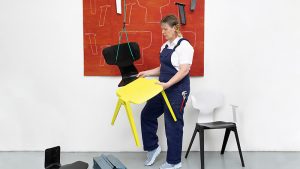
The complete engineering to production ready status was then done by BPO, ironing out the compromises that had to be made in 2010. The seat and legs are produced in one-piece, interchangeable mould parts are used that make the chair suitable to be supplied with or without armrest. The backrest is made separately, but slots easily into a gap in the rear of the seat. “Otherwise, you don’t get the flexibility that you need in the backrest, while having the appropriate sturdiness in the seat and legs,” said Hans. The chair was also optimised to be better stackable, making it easier to use for businesses.
“We wanted to make a chair that works for everyone,” said Hans. “Now it is finally done as it was meant to be.”
For more information, go to:
Gebruikte diensten
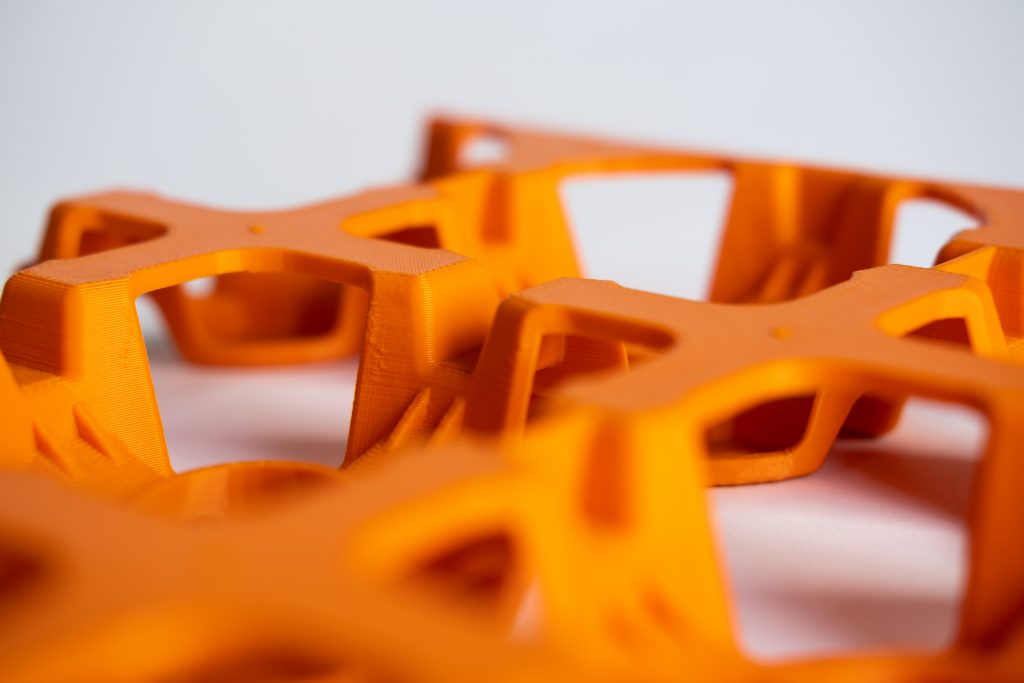
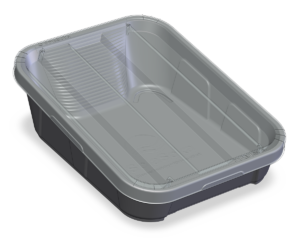
Container for a sun-driven hand wash
